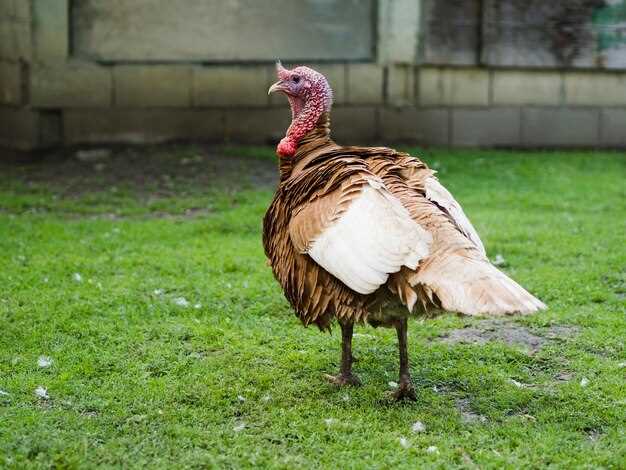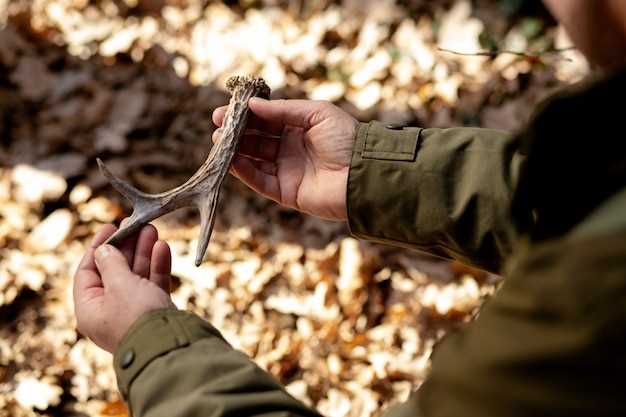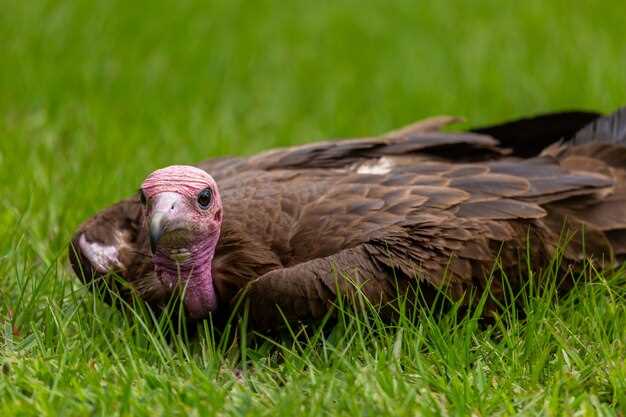
Engaging in the pursuit of wild turkeys on public land can be an exhilarating experience for hunters and outdoor enthusiasts alike. Understanding the nuances of scouting is essential for successfully locating these fascinating birds in their natural habitats. Public lands often provide a diverse range of environments that can either conceal or reveal turkey populations, depending on your approach.
Effective scouting involves more than just wandering the woods; it requires a keen eye and an understanding of turkey behaviors and preferences. Turkeys typically favor areas with a mix of open land and forested regions, where they can easily forage for food while remaining alert to potential dangers. Familiarizing yourself with the specific types of land in the area can greatly enhance your chances of encountering these birds.
In this article, we will explore various strategies to improve your scouting techniques and increase your likelihood of finding wild turkeys. From identifying key habitats to utilizing seasonal patterns, mastering these tips will help you navigate public land efficiently and effectively. Prepare to enhance your turkey hunting skills and connect with nature like never before.
Finding Wild Turkeys on Public Land: Tips and Techniques

When it comes to hunting wild turkeys on public land, effective scouting is vital for a successful experience. Understanding the terrain and habitats where turkeys are likely to be found can significantly increase your chances. Look for areas with natural food sources such as acorns, berries, and agricultural fields; these can attract turkeys during certain seasons.
Timing is essential for scouting. Early mornings and late afternoons are the best times to observe wild turkey activity. You might hear their calls or spot them as they emerge from roosts or head to feeding areas. Using a good pair of binoculars can help you locate them from a distance without disturbing their natural behavior.
Study the maps of public land to identify location features. Focusing on rolling hills, valleys, and the proximity to water sources can lead you to prime turkey habitats. When scouting, take note of tracks, droppings, and feather remnants, as these signs indicate recent turkey presence and movement patterns.
Utilize trail cameras to monitor turkey activity. Setting up cameras in strategic locations can provide insights into their daily routines, allowing you to plan your hunting trips more effectively. Make sure to check the regulations for public land regarding camera usage to remain compliant.
Lastly, patience is key. Spend time in the field observing and learning about turkey behavior. Over time, you’ll develop a better understanding of their patterns, enabling you to anticipate their movements on public land and increasing your success when the hunting season arrives.
Identifying Optimal Turkey Habitats in Public Areas
Finding wild turkeys on public land involves understanding their preferred habitats. Scouting is essential for identifying these areas, as turkeys thrive in specific environments that provide the necessary resources for survival. The first step in your scouting efforts should be to look for regions with abundant food sources.
Food Sources: Turkeys are primarily foragers, seeking out nuts, seeds, and various plants. Areas with oaks, hickories, or berry-producing shrubs can be prime spots. Additionally, fields and meadows offering clover or agricultural crops attract turkeys, especially during the spring and fall seasons.
Water Sources: Proximity to water is crucial for turkeys. Look for habitats near streams, ponds, or lakes. Turkeys need water for drinking and often frequent these areas, especially in hot weather or during dry seasons.
Cover and Roosting Sites: Turkeys seek cover for nesting and protection from predators. Areas rich in dense underbrush or mixed hardwood forests provide safe spots for roosting at night. When scouting, note trees with large branches, as these are often used for roosting.
Topography: Elevation changes can significantly influence turkey behavior. Look for ridges, hills, and valleys that may provide natural funnels for movement. Turkeys are often found in areas where they can navigate easily while seeking food and shelter.
Lastly, the timing of your scouting trips is vital. Early morning and late afternoon are prime times for turkey activity, allowing you to better observe their patterns and habitats. By focusing on these aspects, you can effectively identify optimal turkey habitats in public areas and increase your chances of a successful hunt.
Techniques for Successful Turkey Scouting and Tracking

Effective turkey scouting on public land requires a strategic approach to increase your chances of success. Below are key techniques to enhance your scouting and tracking efforts:
- Research the Area
Before heading out, gather information about the public land you plan to explore. Look for maps and local regulations. Utilize resources such as:
- State wildlife agency websites
- Online forums and local hunting groups
- Topographic maps to identify terrain and habitats
- Scout Early and Frequently
Begin your scouting well before the hunting season starts. Regular visits will help you understand turkey patterns and behaviors. Key times to scout include:
- Early mornings and late afternoons when turkeys are most active
- During the breeding season when males are more vocal
- Observe Turkey Signs
Focus on identifying signs of turkey presence, which can guide your tracking:
- Tracks and trails – Look for footprints in muddy areas
- Droppings – Recognize the size and shape specific to turkeys
- Feeding areas – Identify places where turkeys have foraged
- Nesting sites – Seek out areas with dense cover
- Utilize Calls and Decoys
Incorporate calls to simulate turkey sounds. This can help you locate them. When using decoys, position them strategically:
- Place decoys in open areas to draw attention
- Use realistic calls that mimic gobbling and purring
- Keep a Low Profile
When scouting, maintain a low profile to avoid alarming turkeys:
- Move quietly and be aware of your surroundings
- Avoid bright clothing that can scare turkeys
- Limit movement and noise when approaching potential hotspots
- Track Weather Patterns
Weather can significantly affect turkey behavior. Pay attention to:
- Wind direction – Turkeys prefer calm conditions
- Temperature fluctuations that may affect feeding times
- Rain or storms that can lead to altered movement patterns
By implementing these techniques, you can significantly increase your odds of successfully scouting and tracking wild turkeys on public land. Patience and persistence will pay off in your hunting endeavors.
Understanding Seasonal Patterns and Turkey Behavior on Public Land
Successful turkey hunting on public land requires a solid understanding of wild turkey seasonal patterns and behavioral traits. Scouting during different seasons can provide valuable insights into turkey movements, feeding habits, and preferred habitats. In spring, for example, male turkeys are more vocal and display aggressive behaviors as they compete for mating opportunities. This time is ideal for scouting, as their gobbling can help hunters locate them easily.
During the fall, turkey behavior shifts considerably. Flocks become more dispersed, and scouting efforts should focus on food sources such as acorns and grain fields. Understanding the social structure of flocks during this season is crucial; young birds often stay close to mature hens, offering opportunities for hunters who can identify these group dynamics. Observing turkeys during their feeding times can reveal patterns that are vital for successful hunting.
The time of day also plays a significant role in turkey activity. Early mornings often see turkeys moving from roosting sites to feeding areas, while late afternoons are when they return to roost. Strategically scouting these locations on public land can uncover prime hunting spots. Weather conditions can affect turkey behavior as well, with periods of rain or high winds likely reducing their vocal activity, making it essential for hunters to adapt their strategies accordingly.
In summary, understanding the seasonal patterns and turkey behaviors on public land enhances the effectiveness of scouting efforts. Recognizing peak activity periods, flock dynamics, and the influence of environmental factors will ultimately lead to more successful turkey encounters.